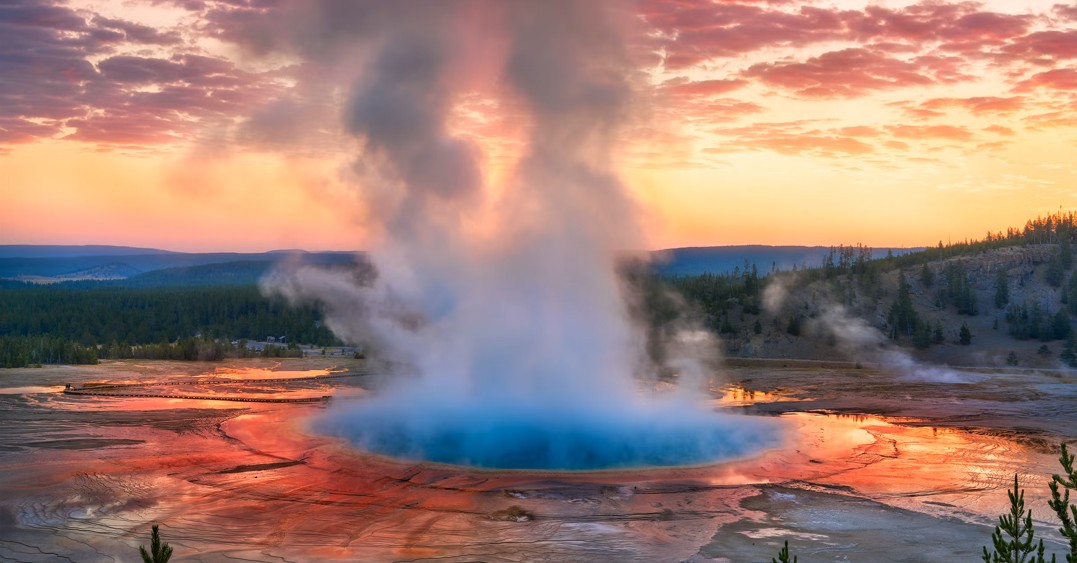
Few beverages boast a lineage as long and intertwined with human civilization as beer. More than just a drink, beer has been a staple food, a medicine, a currency, a social lubricant, and a catalyst for innovation. Its story is a fascinating mirror to our own evolution, stretching back thousands of years before written history.
From Grain to God: The Ancient Origins (c. 10,000 BCE – 500 CE)
The tale of beer likely begins with the dawn of agriculture, during the Neolithic Revolution. As humans settled and cultivated grains, particularly barley, the accidental discovery of fermentation was almost inevitable. Left exposed to wild yeasts and moisture, a gruel of grains would naturally ferment, producing a rudimentary, nutritious, and slightly intoxicating beverage.
The earliest conclusive evidence of brewing comes from the Sumerians in ancient Mesopotamia (modern-day Iraq) around 4000 BCE. They lauded beer as a divine gift, with the “Hymn to Ninkasi,” goddess of beer, detailing a recipe and praising its virtues. For the Sumerians, and later the Egyptians, beer was a dietary staple – a safer, more nutritious alternative to often-polluted water. It was consumed by all ages and classes, used in religious rituals, and even paid as wages. Brewing was often considered women’s work, handled within the household or by priestesses.
The Medieval Leap: Monasteries & Hops (c. 500 CE – 1500 CE)
As empires rose and fell, beer continued its journey, finding a new stronghold in medieval Europe. With widespread water contamination, beer remained a crucial source of hydration, often safer to drink than water itself due to the boiling process involved in its production.
Monasteries became the centers of brewing expertise during this era. Monks refined techniques, experimented with ingredients, and maintained brewing traditions through the “Dark Ages.” Their strict rules and quest for perfection led to higher quality and consistency.
The most significant innovation of the medieval period was the widespread adoption of hops. Before hops, various herbs and spices – known collectively as “gruit” – were used to flavor and preserve beer. Hops, however, proved superior, offering a pleasant bitterness to balance the malt sweetness, acting as a natural preservative, and contributing to beer’s clarity. By the 15th century, hops had largely replaced gruit across Europe, forever changing beer’s character. Germany’s Reinheitsgebot (Bavarian Purity Law) of 1516, which dictated beer could only be made from water, barley, and hops (yeast’s role was not yet understood), stands as one of the earliest food purity laws and a testament to the importance of these ingredients.
The Age of Industry & Science (c. 1500 CE – 1900 CE)
The ensuing centuries saw brewing transform from an artisanal craft into an industrial powerhouse. The invention of the steam engine in the 18th century revolutionized production, allowing for larger batches and more efficient processes.
However, it was the 19th century that truly ushered in the scientific age of brewing. Louis Pasteur’s work on fermentation revealed the crucial role of yeast, allowing brewers to control and cultivate specific strains for consistent results. The invention of refrigeration enabled the production of lager beers, which require colder fermentation and maturation temperatures, leading to their widespread popularity. Improvements in malting, bottling, and transportation further propelled beer’s global reach. Brands became household names, and large, mechanized breweries dominated the market.
Prohibition to Pints: The Modern Era (c. 1900 CE – Present)
The 20th century brought both challenges and triumphs for beer. In the United States, Prohibition (1920-1933) decimated a thriving industry, forcing many breweries to close or pivot to other products. After its repeal, the industry consolidated, leading to a landscape dominated by a few large corporations focusing on mass-market, lighter lagers.
However, the late 20th and early 21st centuries have witnessed a vibrant craft beer revolution. Driven by a desire for flavor, diversity, and local production, a new generation of brewers looked back to traditional styles while also innovating with new ingredients and techniques. This movement, originating in the US, has spread globally, leading to an explosion of styles, from IPAs and stouts to sours and farmhouse ales, challenging consumer palates and invigorating the industry.
Today, beer continues its journey, constantly evolving while remaining true to its ancient roots. It is a testament to human ingenuity, adapting to new technologies, tastes, and social landscapes. So, the next time you raise a glass, remember you’re not just enjoying a beverage, but participating in a timeless tradition, a golden thread woven through the very fabric of human history.





